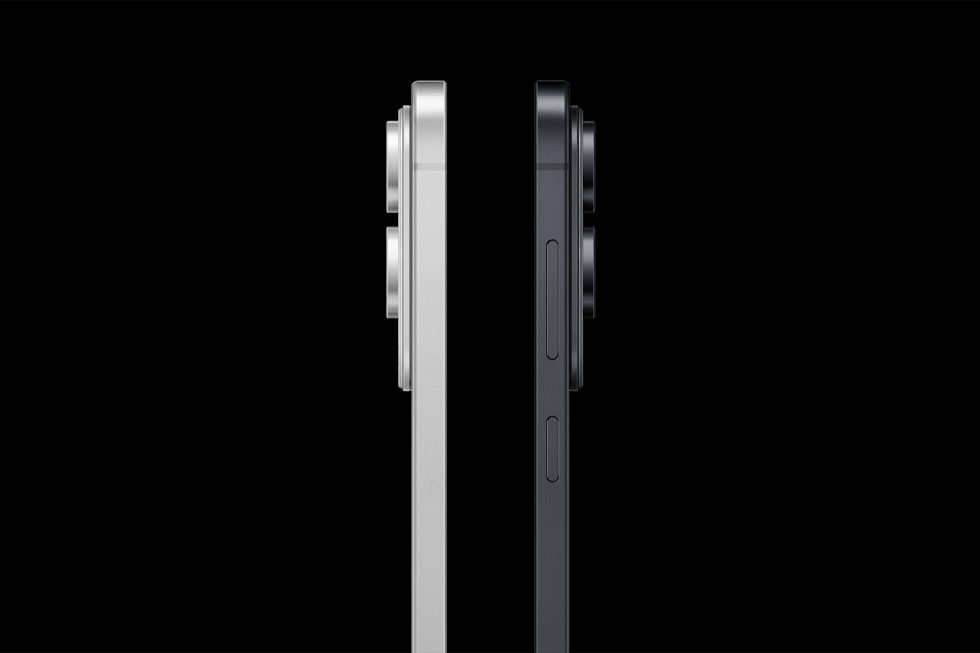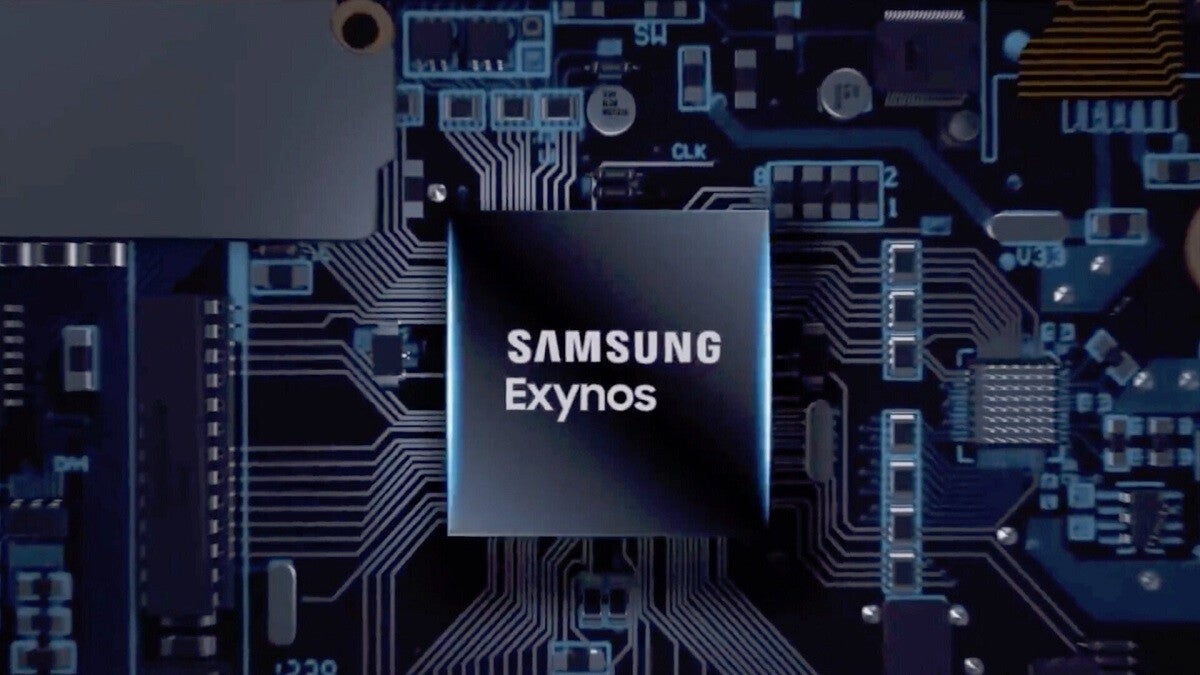Azure Fundamentals: Microsoft.EventHub
The Unseen Backbone of Modern Applications: A Deep Dive into Azure Event Hubs Imagine a bustling city. Millions of events happen every second – a car passing a sensor, a purchase made online, a temperature reading from a smart thermostat. Each of these events, on its own, might seem insignificant. But collectively, they represent a wealth of data that can unlock incredible insights, drive real-time decision-making, and power innovative applications. However, handling this volume and velocity of data is a massive challenge. Traditional systems simply can’t keep up. This is where Azure Event Hubs comes in. Today, businesses are increasingly reliant on cloud-native applications, embracing zero-trust security models, and managing complex hybrid identities. They need to ingest, process, and analyze data in real-time to stay competitive. According to a recent Gartner report, organizations that leverage real-time data analytics are 23 times more likely to acquire new customers. Companies like Starbucks, BMW, and GE are already leveraging event streaming platforms like Event Hubs to power everything from personalized customer experiences to predictive maintenance. Event Hubs isn’t just a data pipeline; it’s the nervous system of modern, data-driven organizations. What is "Microsoft.EventHub"? At its core, Azure Event Hubs is a fully managed, real-time event ingestion service. Think of it as a highly scalable, durable, and reliable message broker designed for big data. It allows you to ingest millions of events per second from any source, enabling you to build real-time analytics pipelines, reactive applications, and event-driven architectures. It solves the problem of data overload and the need for immediate insights. Traditional databases struggle with the sheer volume and speed of event data. Event Hubs acts as a buffer, decoupling data producers from data consumers, allowing each to operate at their own pace. Let's break down the major components: Event Hubs Namespace: A container for your Event Hubs instances. It provides a unique DNS endpoint and manages access control. Event Hub: The central point of ingestion. Producers send events to an Event Hub. It's organized into partitions. Partitions: The fundamental unit of scalability in Event Hubs. Each partition is an ordered, immutable sequence of events. Parallelism is achieved by reading from multiple partitions concurrently. Consumer Groups: Allow multiple applications to independently read the same event stream. Each consumer group maintains its own offset (position) within each partition. Capture: A feature that automatically archives events to Azure Blob Storage or Azure Data Lake Storage for long-term retention and batch processing. Companies like Siemens use Event Hubs to ingest data from millions of connected devices, enabling them to optimize industrial processes and predict equipment failures. Retailers use it to track customer behavior in real-time, personalizing offers and improving the shopping experience. Why Use "Microsoft.EventHub"? Before Event Hubs, organizations often relied on custom-built solutions or complex message queues that were difficult to scale and maintain. These solutions often suffered from: Scalability limitations: Struggling to handle peak loads. Reliability issues: Data loss or downtime. Operational overhead: Significant time and resources spent on maintenance and monitoring. Lack of integration: Difficulty connecting to other data processing services. Industry-specific motivations are strong. For example: Financial Services: Real-time fraud detection, high-frequency trading. Manufacturing: Predictive maintenance, quality control, supply chain optimization. Retail: Personalized marketing, inventory management, customer behavior analysis. IoT: Ingesting data from millions of connected devices. Let's look at a few user cases: Use Case 1: Real-time Fraud Detection (Financial Services): A bank needs to analyze every transaction in real-time to identify and prevent fraudulent activity. Event Hubs ingests transaction data, which is then processed by Azure Stream Analytics to detect suspicious patterns. Use Case 2: Connected Car Telemetry (Automotive): A car manufacturer wants to collect telemetry data from its connected vehicles to monitor performance, diagnose issues, and improve vehicle design. Event Hubs ingests data from millions of cars, providing a centralized data stream for analysis. Use Case 3: Clickstream Analytics (E-commerce): An online retailer wants to track user behavior on its website to personalize recommendations and improve the shopping experience. Event Hubs ingests clickstream data, which is then processed by Azure Databricks for advanced analytics. Key Features and Capabilities Event Hubs boasts a rich set of features: High Throughput: Ingest millions of events per second. Use Case: IoT sensor dat

The Unseen Backbone of Modern Applications: A Deep Dive into Azure Event Hubs
Imagine a bustling city. Millions of events happen every second – a car passing a sensor, a purchase made online, a temperature reading from a smart thermostat. Each of these events, on its own, might seem insignificant. But collectively, they represent a wealth of data that can unlock incredible insights, drive real-time decision-making, and power innovative applications. However, handling this volume and velocity of data is a massive challenge. Traditional systems simply can’t keep up.
This is where Azure Event Hubs comes in.
Today, businesses are increasingly reliant on cloud-native applications, embracing zero-trust security models, and managing complex hybrid identities. They need to ingest, process, and analyze data in real-time to stay competitive. According to a recent Gartner report, organizations that leverage real-time data analytics are 23 times more likely to acquire new customers. Companies like Starbucks, BMW, and GE are already leveraging event streaming platforms like Event Hubs to power everything from personalized customer experiences to predictive maintenance. Event Hubs isn’t just a data pipeline; it’s the nervous system of modern, data-driven organizations.
What is "Microsoft.EventHub"?
At its core, Azure Event Hubs is a fully managed, real-time event ingestion service. Think of it as a highly scalable, durable, and reliable message broker designed for big data. It allows you to ingest millions of events per second from any source, enabling you to build real-time analytics pipelines, reactive applications, and event-driven architectures.
It solves the problem of data overload and the need for immediate insights. Traditional databases struggle with the sheer volume and speed of event data. Event Hubs acts as a buffer, decoupling data producers from data consumers, allowing each to operate at their own pace.
Let's break down the major components:
- Event Hubs Namespace: A container for your Event Hubs instances. It provides a unique DNS endpoint and manages access control.
- Event Hub: The central point of ingestion. Producers send events to an Event Hub. It's organized into partitions.
- Partitions: The fundamental unit of scalability in Event Hubs. Each partition is an ordered, immutable sequence of events. Parallelism is achieved by reading from multiple partitions concurrently.
- Consumer Groups: Allow multiple applications to independently read the same event stream. Each consumer group maintains its own offset (position) within each partition.
- Capture: A feature that automatically archives events to Azure Blob Storage or Azure Data Lake Storage for long-term retention and batch processing.
Companies like Siemens use Event Hubs to ingest data from millions of connected devices, enabling them to optimize industrial processes and predict equipment failures. Retailers use it to track customer behavior in real-time, personalizing offers and improving the shopping experience.
Why Use "Microsoft.EventHub"?
Before Event Hubs, organizations often relied on custom-built solutions or complex message queues that were difficult to scale and maintain. These solutions often suffered from:
- Scalability limitations: Struggling to handle peak loads.
- Reliability issues: Data loss or downtime.
- Operational overhead: Significant time and resources spent on maintenance and monitoring.
- Lack of integration: Difficulty connecting to other data processing services.
Industry-specific motivations are strong. For example:
- Financial Services: Real-time fraud detection, high-frequency trading.
- Manufacturing: Predictive maintenance, quality control, supply chain optimization.
- Retail: Personalized marketing, inventory management, customer behavior analysis.
- IoT: Ingesting data from millions of connected devices.
Let's look at a few user cases:
- Use Case 1: Real-time Fraud Detection (Financial Services): A bank needs to analyze every transaction in real-time to identify and prevent fraudulent activity. Event Hubs ingests transaction data, which is then processed by Azure Stream Analytics to detect suspicious patterns.
- Use Case 2: Connected Car Telemetry (Automotive): A car manufacturer wants to collect telemetry data from its connected vehicles to monitor performance, diagnose issues, and improve vehicle design. Event Hubs ingests data from millions of cars, providing a centralized data stream for analysis.
- Use Case 3: Clickstream Analytics (E-commerce): An online retailer wants to track user behavior on its website to personalize recommendations and improve the shopping experience. Event Hubs ingests clickstream data, which is then processed by Azure Databricks for advanced analytics.
Key Features and Capabilities
Event Hubs boasts a rich set of features:
- High Throughput: Ingest millions of events per second. Use Case: IoT sensor data.
graph LR
A[IoT Devices] --> B(Event Hubs);
B --> C{Azure Stream Analytics};
C --> D[Azure Data Lake Storage];
Low Latency: Deliver events with minimal delay. Use Case: Real-time gaming.
Scalability: Easily scale up or down to meet changing demands. Use Case: Seasonal retail spikes.
Durability: Events are persisted to disk, ensuring data is not lost. Use Case: Financial transactions.
Partitioning: Enable parallel processing and scalability. Use Case: High-volume data streams.
Consumer Groups: Allow multiple applications to consume the same event stream independently. Use Case: Different teams analyzing the same data.
Capture: Automatically archive events to Azure Blob Storage or Azure Data Lake Storage. Use Case: Long-term data retention and batch processing.
Auto-Inflation: Automatically increase the number of throughput units (TUs) to handle increased load. Use Case: Unexpected traffic surges.
Geo-Disaster Recovery: Replicate Event Hubs to a secondary region for business continuity. Use Case: Critical applications requiring high availability.
Kafka Protocol Support: Allows existing Kafka applications to connect to Event Hubs without code changes. Use Case: Migrating from Kafka to Azure.
Serverless Integration: Seamlessly integrates with Azure Functions for event-driven processing. Use Case: Triggering actions based on specific events.
Detailed Practical Use Cases
Smart City Traffic Management: Ingest data from traffic sensors, cameras, and GPS devices to optimize traffic flow, reduce congestion, and improve public safety. Problem: Traffic congestion and accidents. Solution: Real-time traffic analysis and dynamic route optimization. Outcome: Reduced commute times and improved safety.
Healthcare Patient Monitoring: Collect data from wearable devices and medical sensors to monitor patient health in real-time, enabling proactive interventions and improved patient outcomes. Problem: Delayed detection of health issues. Solution: Continuous patient monitoring and early warning alerts. Outcome: Improved patient care and reduced hospital readmissions.
Supply Chain Tracking: Track goods throughout the supply chain, from manufacturing to delivery, providing real-time visibility and enabling proactive problem-solving. Problem: Supply chain disruptions and delays. Solution: Real-time tracking and monitoring of goods. Outcome: Improved supply chain efficiency and reduced costs.
Gaming Leaderboards and Analytics: Ingest game events to update leaderboards in real-time and analyze player behavior to improve game design. Problem: Lagging leaderboards and lack of player insights. Solution: Real-time event processing and analytics. Outcome: Enhanced player engagement and improved game design.
Security Information and Event Management (SIEM): Collect security logs and events from various sources to detect and respond to security threats in real-time. Problem: Slow threat detection and response. Solution: Real-time security event analysis and alerting. Outcome: Improved security posture and reduced risk.
Personalized Marketing Campaigns: Ingest customer behavior data to personalize marketing campaigns and deliver targeted offers. Problem: Low campaign conversion rates. Solution: Real-time customer segmentation and personalized messaging. Outcome: Increased campaign effectiveness and revenue.
Architecture and Ecosystem Integration
Event Hubs seamlessly integrates into the broader Azure ecosystem. It acts as the ingestion layer for many data processing pipelines.
graph LR
A[Data Sources] --> B(Event Hubs);
B --> C{Azure Stream Analytics};
B --> D{Azure Functions};
B --> E{Azure Databricks};
B --> F{Azure Synapse Analytics};
C --> G[Power BI];
D --> H[Cosmos DB];
E --> I[Azure Machine Learning];
F --> J[Reporting Dashboards];
Key integrations include:
- Azure Stream Analytics: Real-time analytics and complex event processing.
- Azure Functions: Serverless event-driven processing.
- Azure Databricks: Big data analytics and machine learning.
- Azure Synapse Analytics: Data warehousing and analytics.
- Azure Cosmos DB: Globally distributed, multi-model database.
- Power BI: Data visualization and reporting.
Hands-On: Step-by-Step Tutorial (Azure CLI)
Let's create an Event Hub using the Azure CLI:
-
Login to Azure:
az login -
Create a Resource Group:
az group create --name myResourceGroup --location eastus -
Create an Event Hubs Namespace:
az eventhubs namespace create --resource-group myResourceGroup --name myEventHubNamespace --location eastus -
Create an Event Hub:
az eventhubs eventhub create --resource-group myResourceGroup --namespace-name myEventHubNamespace --name myEventHub --partition-count 2 -
Get Connection String:
az eventhubs namespace authorization-rule create --resource-group myResourceGroup --namespace-name myEventHubNamespace --name myAuthRule --rights Listen Send Manageaz eventhubs namespace authorization-rule keys list --resource-group myResourceGroup --namespace-name myEventHubNamespace --name myAuthRule(Copy the primary connection string)
Now, you can use this connection string to send and receive events using various SDKs (e.g., .NET, Java, Python). A simple Python example:
from azure.eventhub import EventHubClient, EventData
import json
# Replace with your connection string
CONNECTION_STRING = "YOUR_CONNECTION_STRING"
EVENT_HUB_NAME = "myEventHub"
client = EventHubClient.from_connection_string(CONNECTION_STRING, EVENT_HUB_NAME)
message = {"message": "Hello, Event Hubs!"}
event_data = EventData(json.dumps(message))
client.send(event_data)
print("Sent event: {}".format(message))
client.close()
Pricing Deep Dive
Event Hubs pricing is based on throughput units (TUs), event ingestion, and data retention.
- Throughput Units (TUs): Represent the capacity of an Event Hub. You pay per TU-second.
- Ingress Events: You pay per million events ingested.
- Data Retention: You pay for the amount of data stored.
A basic Event Hub with 2 TUs and 100 million events ingested per month, with 7 days of data retention, might cost around $50-$100.
Cost Optimization Tips:
- Right-size your TUs: Monitor your throughput and adjust TUs accordingly.
- Use Capture effectively: Only capture data that you need for long-term retention.
- Consider Standard tier: If you don't need premium features like geo-disaster recovery, the Standard tier is more cost-effective.
Caution: Unexpected spikes in event volume can lead to higher costs. Implement monitoring and auto-scaling to mitigate this risk.
Security, Compliance, and Governance
Event Hubs provides robust security features:
- Azure Active Directory (Azure AD) Authentication: Control access using Azure AD identities.
- Network Security: Secure access using private endpoints and network rules.
- Encryption: Data is encrypted in transit and at rest.
- Role-Based Access Control (RBAC): Grant granular permissions to users and applications.
Event Hubs is compliant with various industry standards, including:
- HIPAA
- PCI DSS
- ISO 27001
Azure Policy can be used to enforce governance policies, such as restricting the creation of Event Hubs in certain regions or requiring specific security configurations.
Integration with Other Azure Services
- Azure Data Factory: Orchestrate data pipelines that ingest data from Event Hubs.
- Azure Logic Apps: Build automated workflows triggered by events in Event Hubs.
- Azure Cognitive Services: Analyze event data using AI and machine learning.
- Azure Monitor: Monitor Event Hubs performance and health.
- Azure HDInsight: Process large-scale event data using Hadoop and Spark.
Comparison with Other Services
| Feature | Azure Event Hubs | Apache Kafka (Managed Services like Confluent Cloud) | AWS Kinesis Data Streams |
|---|---|---|---|
| Managed Service | Yes | Yes (via Confluent Cloud, etc.) | Yes |
| Scalability | High | High | High |
| Durability | High | High | High |
| Kafka Protocol Support | Yes | Native | No |
| Pricing | Pay-as-you-go | Subscription-based | Pay-as-you-go |
| Integration with Azure | Seamless | Requires configuration | Requires configuration |
Decision Advice: If you're already heavily invested in the Azure ecosystem and need seamless integration, Event Hubs is a great choice. If you require full Kafka compatibility and are willing to manage a more complex setup, Kafka might be a better fit. Kinesis is a strong contender within the AWS ecosystem.
Common Mistakes and Misconceptions
- Underestimating Partitioning: Insufficient partitions can lead to bottlenecks.
- Ignoring Throughput Units: Not provisioning enough TUs can result in throttling.
- Lack of Monitoring: Failing to monitor Event Hubs performance can lead to undetected issues.
- Incorrect Consumer Group Configuration: Using the wrong consumer group can lead to data loss or duplication.
- Over-Retention of Data: Storing data for longer than necessary increases costs.
Pros and Cons Summary
Pros:
- Highly scalable and reliable.
- Fully managed service.
- Seamless integration with Azure.
- Kafka protocol support.
- Robust security features.
Cons:
- Can be complex to configure initially.
- Pricing can be unpredictable without careful monitoring.
- Limited control over underlying infrastructure.
Best Practices for Production Use
- Implement robust monitoring and alerting.
- Automate scaling using Azure Autoscale.
- Use Azure Policy to enforce governance policies.
- Secure access using Azure AD and network security features.
- Regularly review and optimize your configuration.
Conclusion and Final Thoughts
Azure Event Hubs is a powerful and versatile service that is essential for building modern, data-driven applications. It provides the scalability, reliability, and security needed to handle the ever-increasing volume and velocity of event data. As organizations continue to embrace real-time analytics and event-driven architectures, Event Hubs will become even more critical.
Ready to unlock the power of real-time data? Start exploring Azure Event Hubs today! https://azure.microsoft.com/en-us/products/event-hubs/



















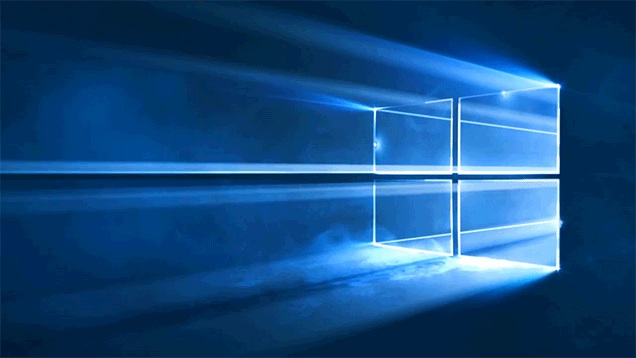

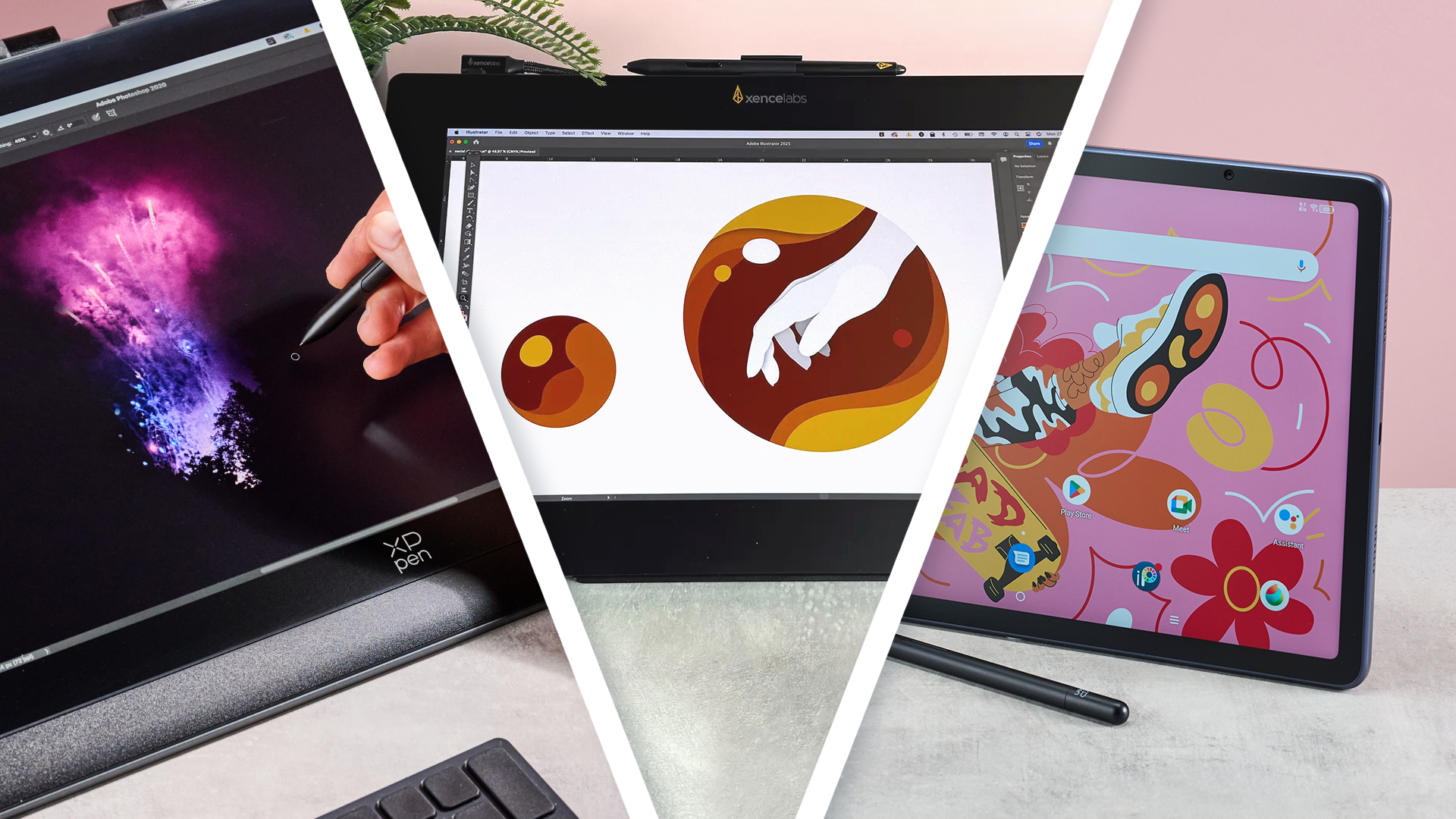
























































































































































![[The AI Show Episode 154]: AI Answers: The Future of AI Agents at Work, Building an AI Roadmap, Choosing the Right Tools, & Responsible AI Use](https://www.marketingaiinstitute.com/hubfs/ep%20154%20cover.png)
![[The AI Show Episode 153]: OpenAI Releases o3-Pro, Disney Sues Midjourney, Altman: “Gentle Singularity” Is Here, AI and Jobs & News Sites Getting Crushed by AI Search](https://www.marketingaiinstitute.com/hubfs/ep%20153%20cover.png)































































































































































































![GrandChase tier list of the best characters available [June 2025]](https://media.pocketgamer.com/artwork/na-33057-1637756796/grandchase-ios-android-3rd-anniversary.jpg?#)






















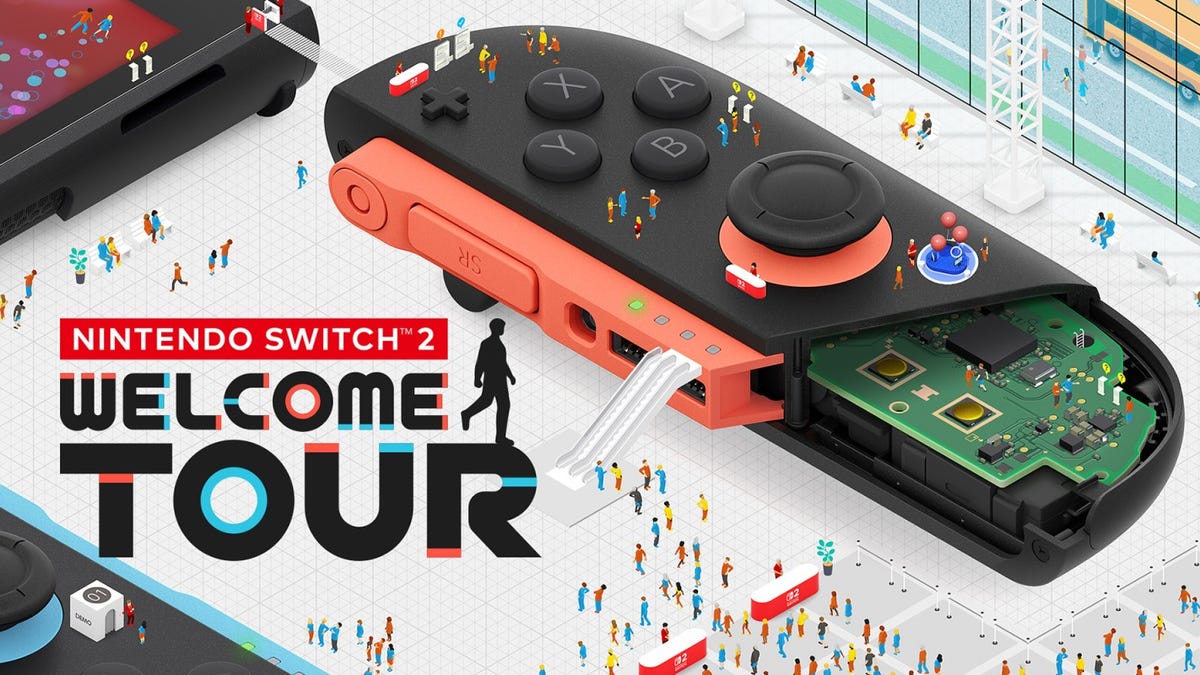























.png?width=1920&height=1920&fit=bounds&quality=70&format=jpg&auto=webp#)








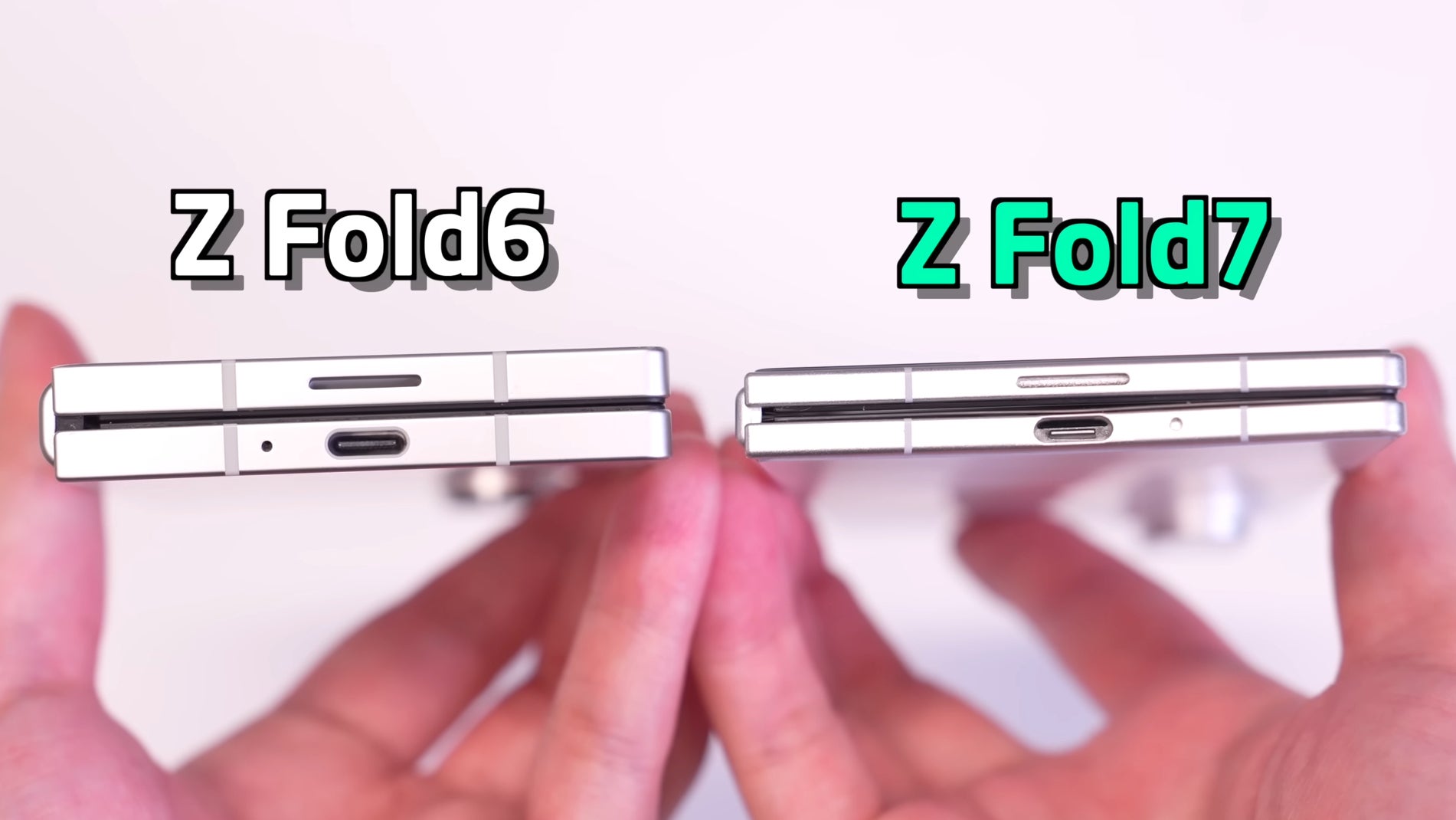












_Frank_Peters_Alamy.jpg?width=1280&auto=webp&quality=80&disable=upscale#)

















































































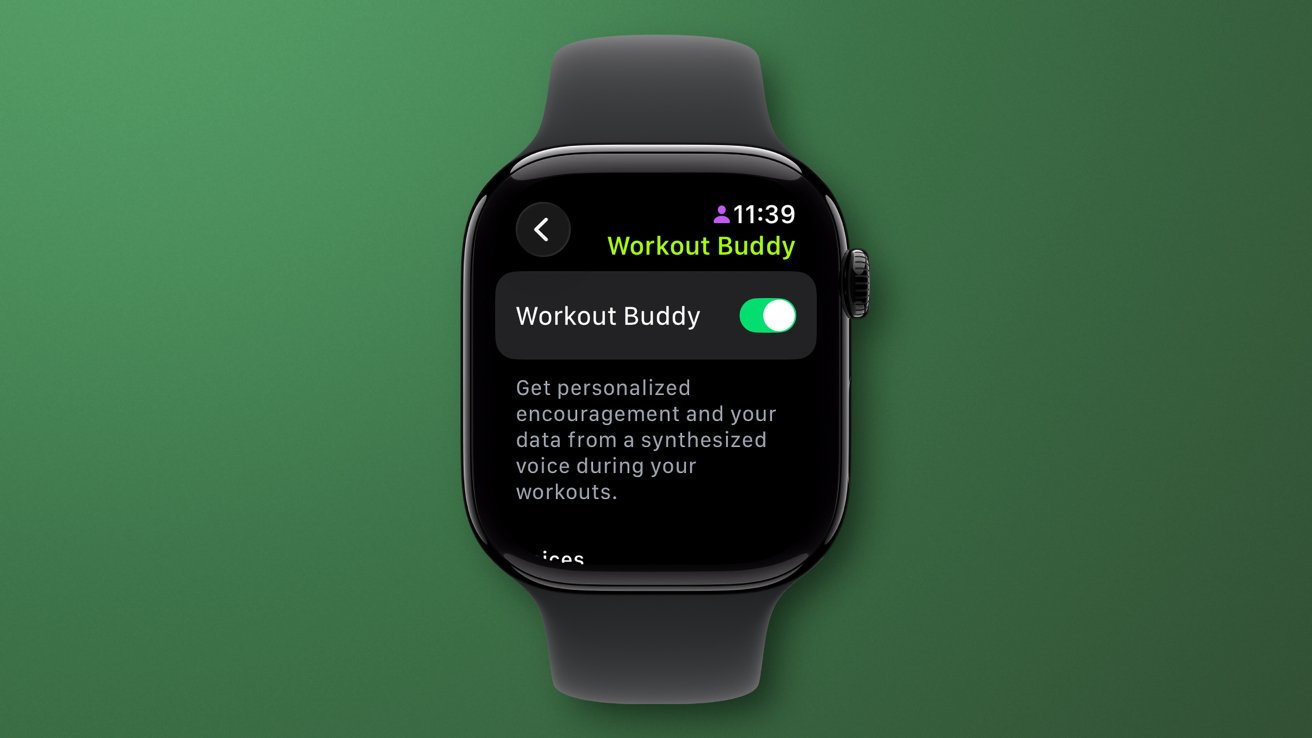
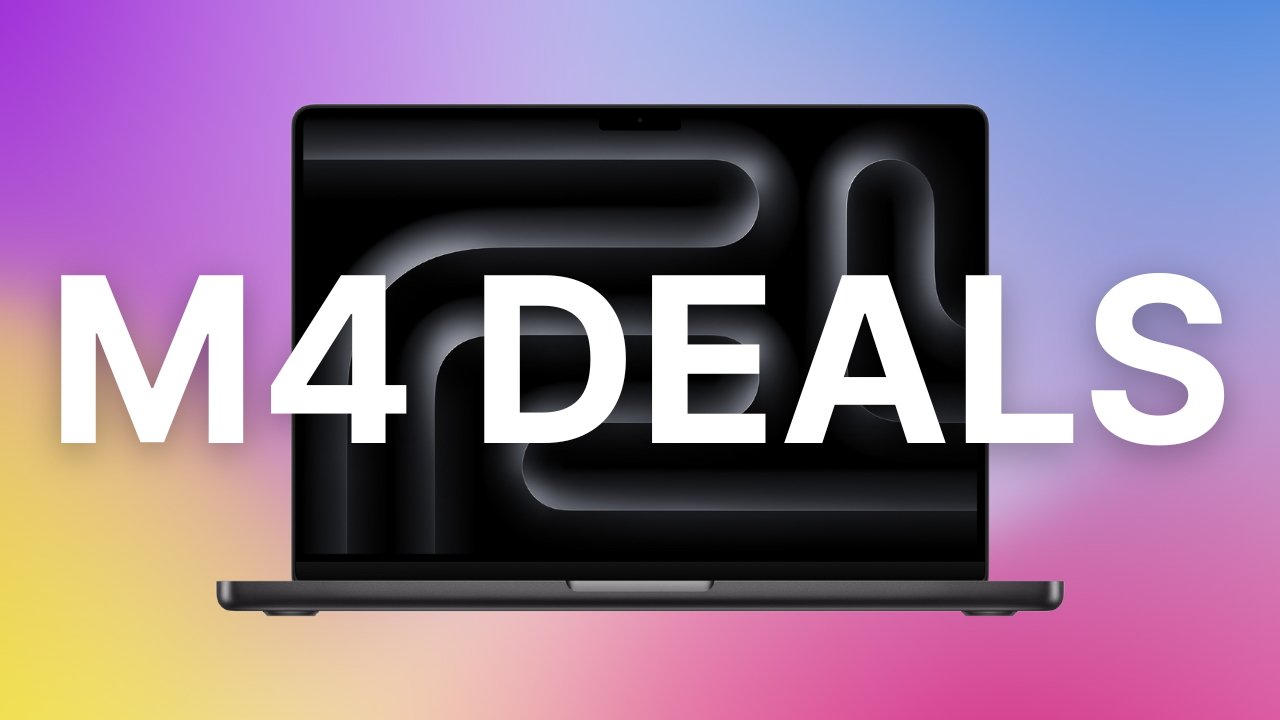

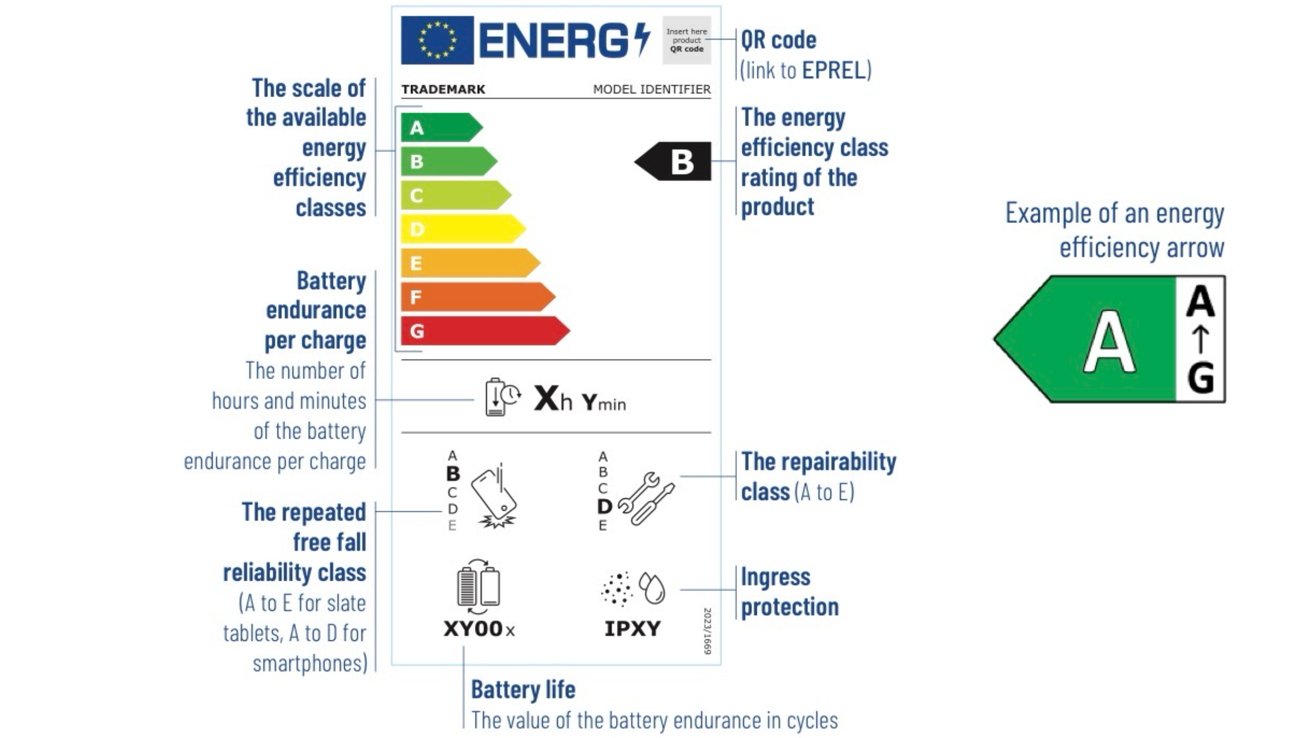





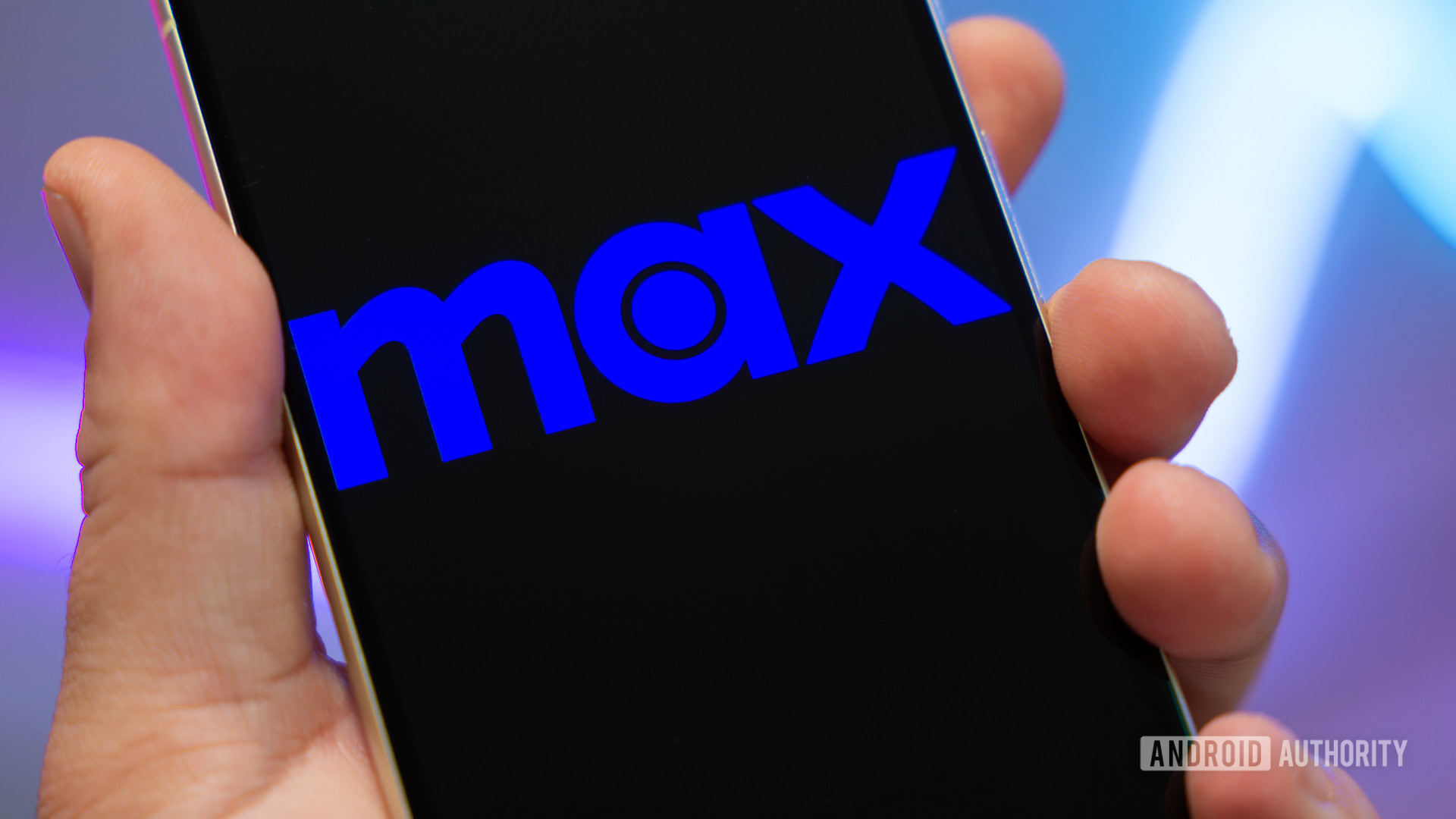








![Samsung’s Galaxy Z Fold 7 looks positively svelte in dummy hands-on [Video]](https://i0.wp.com/9to5google.com/wp-content/uploads/sites/4/2025/06/Worlds-First-Look-Hands-On-with-the-Galaxy-Z-Fold-7-dummy-1-1-screenshot.png?resize=1200%2C628&quality=82&strip=all&ssl=1)












![Apple Weighs Acquisition of AI Startup Perplexity in Internal Talks [Report]](https://www.iclarified.com/images/news/97674/97674/97674-640.jpg)
![Oakley and Meta Launch Smart Glasses for Athletes With AI, 3K Camera, More [Video]](https://www.iclarified.com/images/news/97665/97665/97665-640.jpg)

![How to Get Your Parents to Buy You a Mac, According to Apple [Video]](https://www.iclarified.com/images/news/97671/97671/97671-640.jpg)














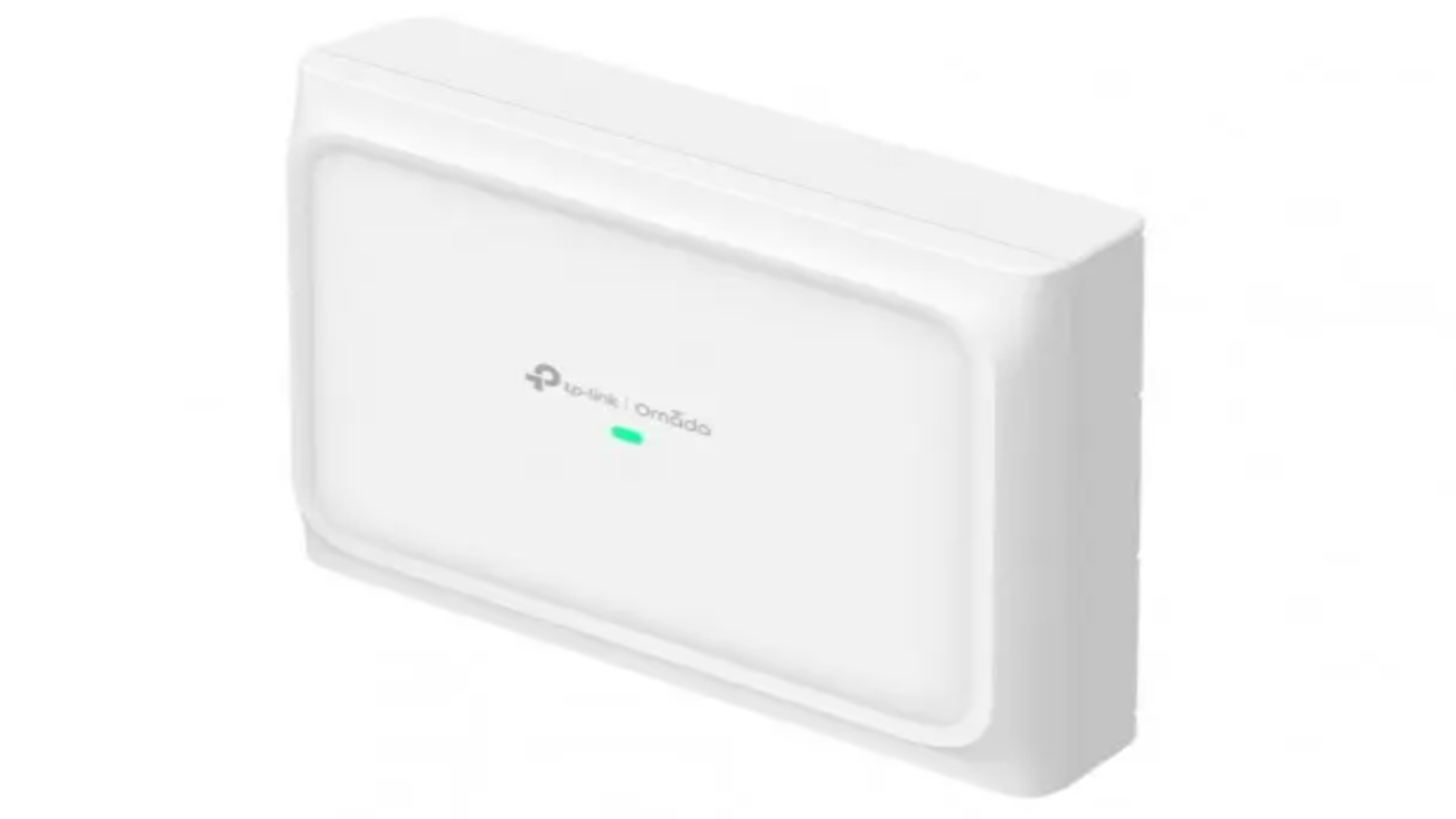

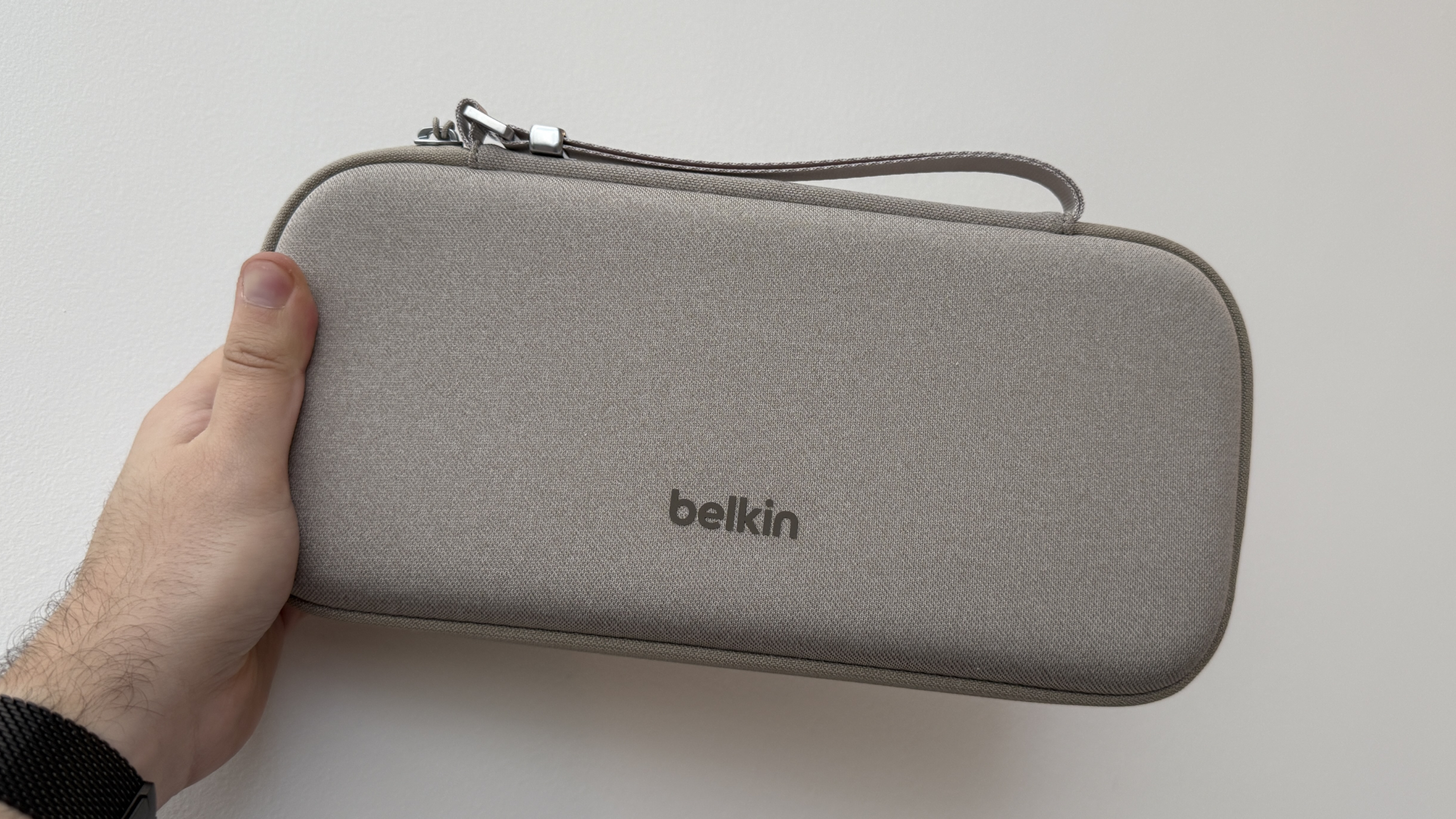



![New accessibility settings announced for Steam Big Picture Mode and SteamOS [Beta]](https://www.ghacks.net/wp-content/uploads/2025/06/New-accessibility-settings-announced-for-Steam-Big-Picture-Mode-and-SteamOS.jpg)


